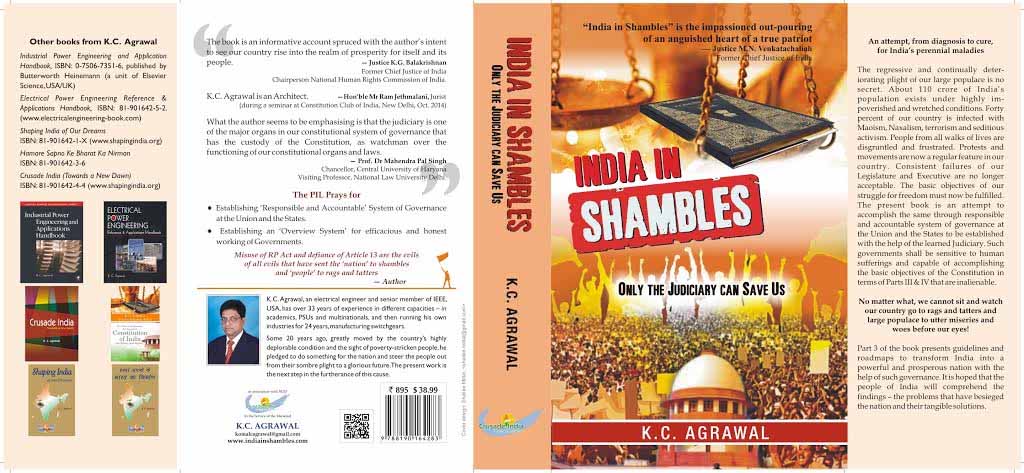Book at a Glance
PART I - Electric Motors, Drives and Energy Saving
Chapter 3. Duties of Induction Motors
• Duty cycles Continuous duty (CMR) (S1)
• Periodic duties
• Factor of inertia (FI)
• Heating and cooling characteristic curves
• Drawing the thermal curves
• Rating of short-time motors
• Equivalent output of short time duties
• Shock loading and use of a flywheel
Duty cycles
Unless otherwise specified, the rating of the motor will be regarded as its continuous maximum rating (CMR), defined by duty S1 as noted below. But a machine is not always required to operate at a constant load. Sometimes it must operate at varying loads, with a sequence of identical operations, involving starts, stops braking, speed control and reversals, with intermittent idle running and de-energized periods etc. (e.g. a hoist, a crane, a lift or other applications). Using a CMR motor for such applications, with a rating corresponding to the maximum short-time loading will mean an idle capacity during no-load running or de-energized periods and a constant drain on energy, in addition to a higher cost of installation. To economize on the size of machine for such applications, IEC 60034-1 has defined a few duty cycles, as noted briefly below. These may be considered while selecting an economical size of machine and yet meet the variable load demands safely. Such motors may be running over-loaded during actual loading but for shorter durations not sufficient to exceed the permissible temperature rise limits. They dissipate excessive heat during idle running or de-energized periods to reach a thermal equilibrium at the end of the load cycle. These duties are described in the following sections.
• Periodic duties
• Factor of inertia (FI)
• Heating and cooling characteristic curves
• Drawing the thermal curves
• Rating of short-time motors
• Equivalent output of short time duties
• Shock loading and use of a flywheel
Duty cycles
Unless otherwise specified, the rating of the motor will be regarded as its continuous maximum rating (CMR), defined by duty S1 as noted below. But a machine is not always required to operate at a constant load. Sometimes it must operate at varying loads, with a sequence of identical operations, involving starts, stops braking, speed control and reversals, with intermittent idle running and de-energized periods etc. (e.g. a hoist, a crane, a lift or other applications). Using a CMR motor for such applications, with a rating corresponding to the maximum short-time loading will mean an idle capacity during no-load running or de-energized periods and a constant drain on energy, in addition to a higher cost of installation. To economize on the size of machine for such applications, IEC 60034-1 has defined a few duty cycles, as noted briefly below. These may be considered while selecting an economical size of machine and yet meet the variable load demands safely. Such motors may be running over-loaded during actual loading but for shorter durations not sufficient to exceed the permissible temperature rise limits. They dissipate excessive heat during idle running or de-energized periods to reach a thermal equilibrium at the end of the load cycle. These duties are described in the following sections.


